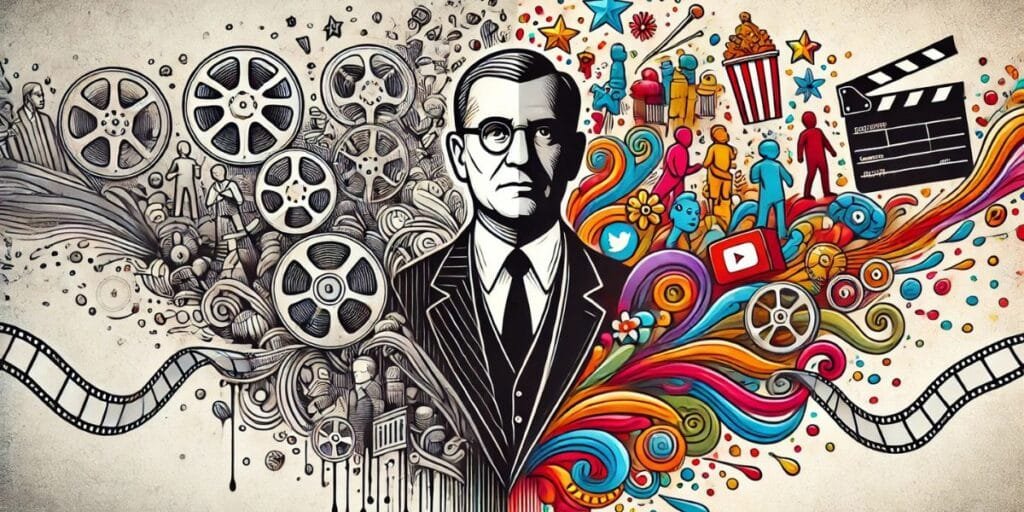One of India’s longest running TV shows, Taarak Mehta Ka Ooltah Chashmah (TMKOC), is now facing renewed scrutiny over its alleged role in shaping public opinion against the Congress led UPA government between 2009 and 2014.
Social media users are pointing to specific episodes of the popular sitcom that repeatedly highlighted issues like inflation, corruption, and rising prices; narratives that closely aligned with BJP’s political messaging at the time.
In a now viral thread, users shared clips from episodes aired during UPA’s second term, where characters discussed how gold prices had crossed ₹17,000, onions were unaffordable, and the rupee was falling.
In one 2011 episode, the cast lamented the new year beginning under the shadow of inflation and corruption. At that time, public anger over economic mismanagement was already high due to the Anna Hazare led anti-corruption movement, and such shows only helped amplify those sentiments.
How BJP used TMKOC for propaganda before taking over Indian media
Critics say the show acted as “soft propaganda” by using comedy to subtly reinforce anti-government views, which, in turn, weakened the image of the Congress government among middle class families who formed a large part of TMKOC’s audience.
After 2014, however, the show’s tone appears to have shifted. While earlier episodes openly addressed inflation and rising fuel costs, viewers noticed that post 2014 episodes stopped mentioning these issues, despite record high prices in subsequent years.
Today, gold costs over ₹90,000, but the show no longer highlights economic concerns in its scripts.
Instead, TMKOC was seen supporting government initiatives like Swachh Bharat Abhiyan, running episodes that directly promoted the BJP led central government’s programmes.
This shift, according to media critics, reflects a broader trend in Indian entertainment and media, where once neutral platforms began aligning more closely with the ruling party.
The show’s key figures, including its lead actor and producer, have also been linked to the BJP. Photos and videos from 2012 and 2018 show members of the TMKOC team campaigning for the party, further fueling claims that the show was never politically neutral.
What began as a family friendly comedy slowly became a tool to subtly push an ideological narrative, critics say.
Observers argue that the BJP used popular entertainment to build political momentum when it was in opposition. Once in power, it shifted to using mainstream news media more directly.
Channels that once questioned rising prices and governance under UPA became noticeably quieter after 2014. Meanwhile, TV shows that once satirized inflation and corruption were now focusing on cleanliness drives and patriotism.
TMKOC wasn’t just a Show-It Was BJP’s soft propaganda machine
This transformation has led many to ask whether the media and entertainment industries in India remain independent or have become part of a larger ecosystem designed to shape public opinion in favour of those in power.
As online audiences revisit old episodes with a more critical lens, TMKOC’s role in shaping political narratives during one of India’s most pivotal political transitions is under the spotlight.
For a generation of viewers who trusted sitcoms as harmless entertainment, this revelation offers a deeper question: Was comedy just comedy or a quiet campaign masked in laughter?
Read more: PM Shehbaz launches digital system for medical device licensing and registration






